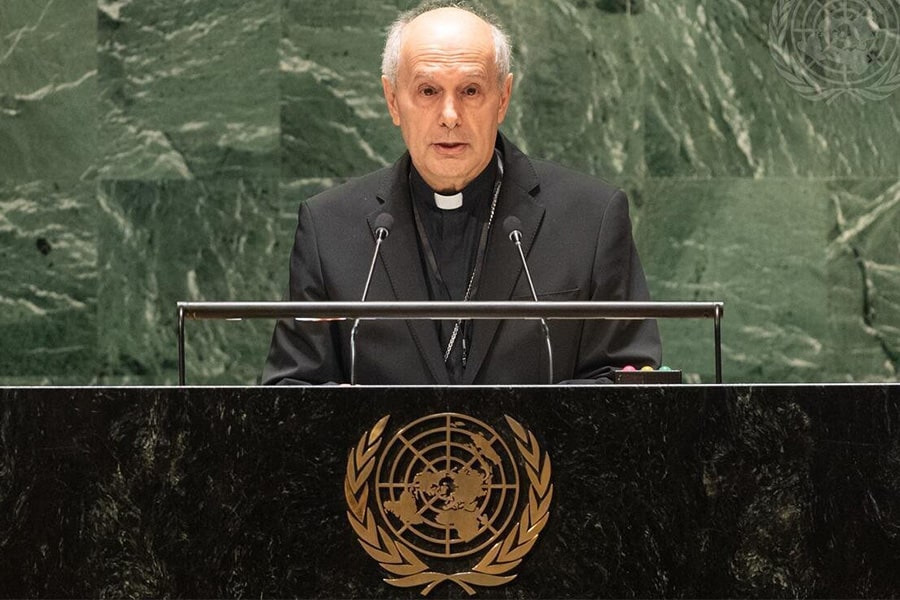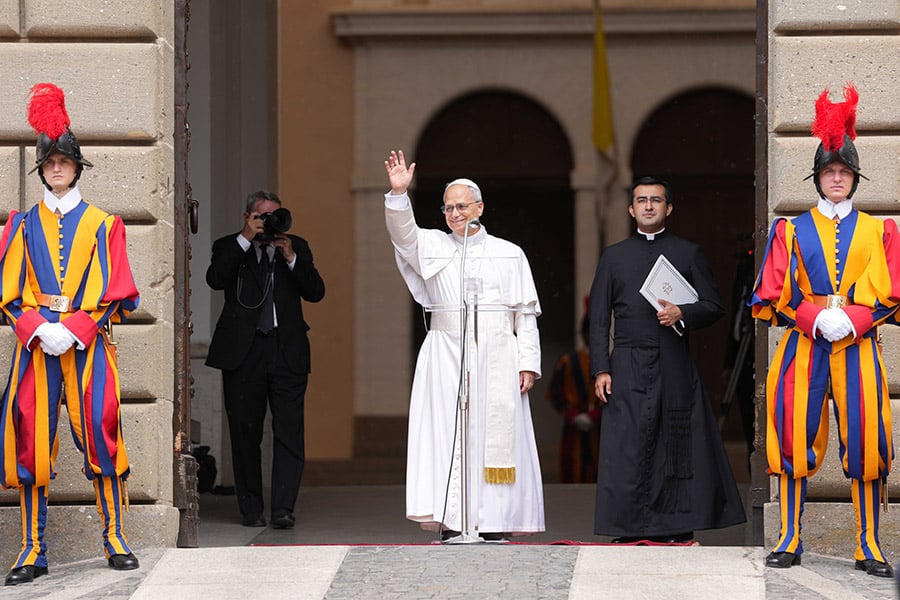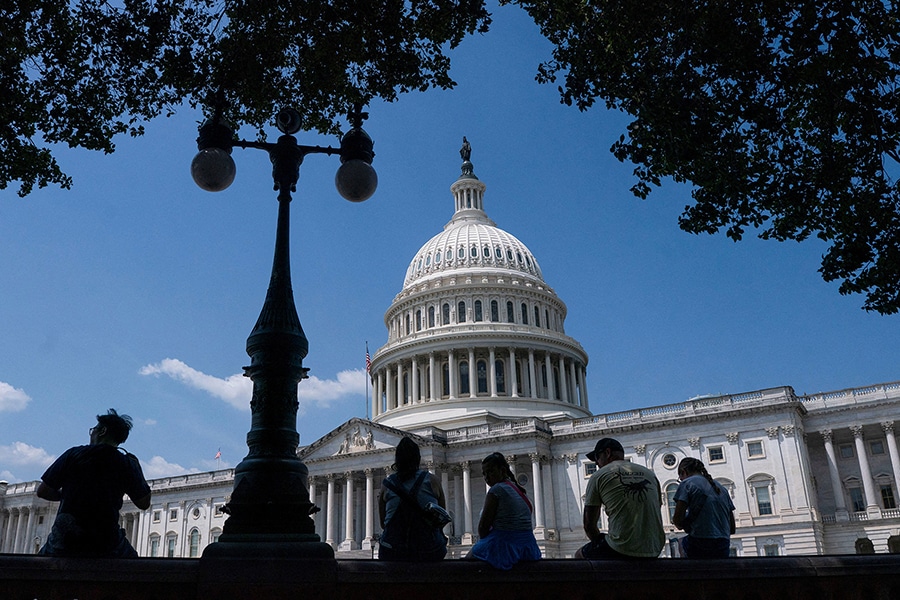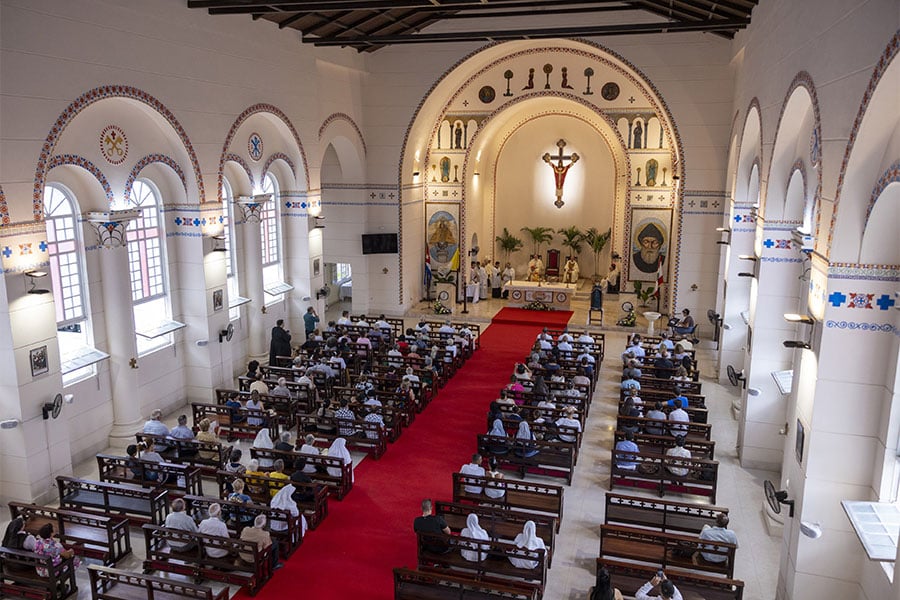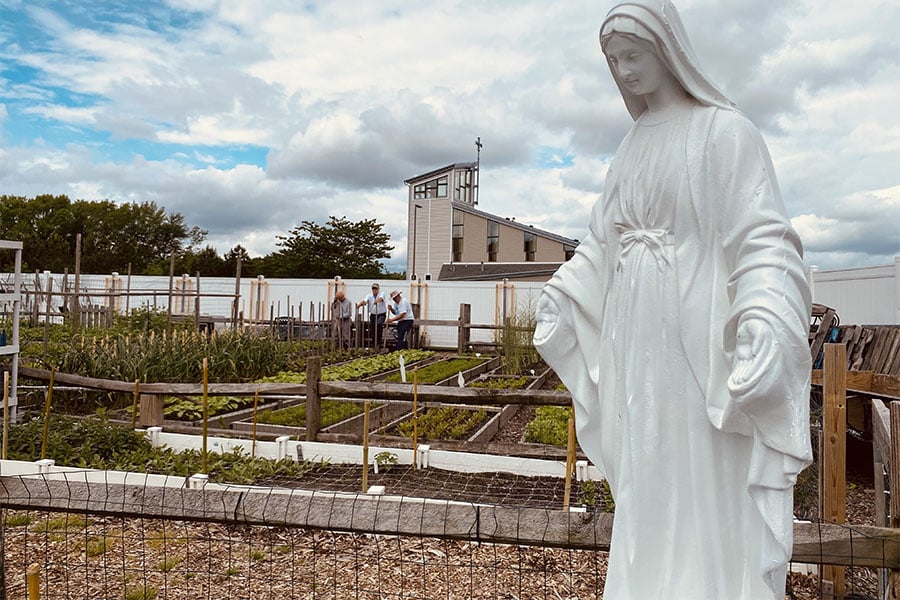Given the meandering pace at which building plans make their way through Baltimore city offices to final approval before construction begins, it should take at least two years before the new inclusionary – meaning, affordable – housing law, which finally passed in full on Dec. 7, will show an impact.
However, it stands as a triumph of local Catholic activism for housing practices aiming to end the city’s hateful legacy – more than 100 years – of discrimination against people of color and low incomes.
Baltimore’s history of legalized segregation stretches back to 1911, when the City Council passed the first enforced discriminatory deed restrictions.
The city also is one of many with the lingering scars of redlining, another form of codified racism which began in the 1930s, in which lenders categorized neighborhoods by investment grade along racially discriminatory lines.
“Congratulations to all the activists for all the hard work,” City Council President Nick Mosby said Dec. 7 after the second part of the bill, involving a formula of tax credits for builders, was adopted. “It’s been a long but rewarding process.”
Council Bill 22-0195, adopted 17 months after the expiration of the city’s earlier inclusionary housing law, was backed by Catholics in the Archdiocese of Baltimore through Beyond the Boundaries, an archdiocesan program active for 30 years that focuses on the intersection of housing policy and systemic racism.
The earlier law failed because developers could obtain waivers easily. It was supposed to guarantee 20 percent affordable units in new developments, but instead created just 34 units in 14 years.
The new law requires residential buildings with 20 or more units that receive Payments in Lieu of Taxes and other city subsidies to set aside 5 percent of the units available for households earning 60 percent of Area Median Income (AMI) and 5 percent for those with incomes at 50 percent of AMI.
A tax credit for developers who construct environmentally friendly “green” buildings is supposed to make up the difference between the market rent and subsidized rent.
The ordinance also requires developers to market the affordable units to historically excluded households, including Black families, persons who use vouchers and other residents who have experienced discrimination.
Mosby said Dec. 4 that the law would grow the downtown community and was “the most equitable way of moving our community forward.”
Maureen Daly, communications director for Beyond the Boundaries, noted that the group has a lay steering committee with residents from both the city and surrounding counties.
“More than 50 percent of Baltimore City residents struggle to make ends meet or are below the federal poverty line,” according to a statement from Beyond the Boundaries. “The market rate development, going up in areas such as Harbor East, is out of reach to these residents, so affordable housing is a must.
“Baltimore will have given $75 million from one special tax break alone to multi-family housing developers from fiscal year 2014 through fiscal year 2023. Almost all the 6,621 units created with this subsidy are luxury, non-affordable units located in predominantly white, high-income neighborhoods.”
The coalition backing the law also included the Baltimore City branch of the NAACP, Baltimore Renters United, Bridge Maryland, the Community Development Network, SHARE, Citizens Planning and Housing Association, Baltimore Regional Housing Partnership and Public Justice Center.
Odette Ramos, who represents District 14 on the City Council, led the legislative drive.
She acknowledged, in an interview with the Catholic Review, that there were “concerns about stopping development. But everyone was committed to making it work.”
After the first vote, Ramos said the law “is one of the first steps we have to take to dismantle the racist housing policies that were made right here in this chamber.”
Both Ramos and Daly are parishioners of St. Vincent de Paul in downtown Baltimore.
Beyond the Boundaries supporters from several parishes met biweekly for more than a year to work on the law, Daly said. “The faithful witness of members of Beyond the Boundaries over the decades was the cornerstone of this movement to address racial disparities in housing policy.”
According to a memo prepared by Ramos’ office, after 200 new affordable units are completed or three years of the program after the first tax credit is issued – whichever comes first –-there will be an in-depth study of the law’s impact on city finances.
“I am proud of the work Beyond the Boundaries has done in gathering the coalition and emphasizing the need for economic and racial diversity in our new developments,” Daly said.
Read More Social Justice
Copyright © 2023 Catholic Review Media


